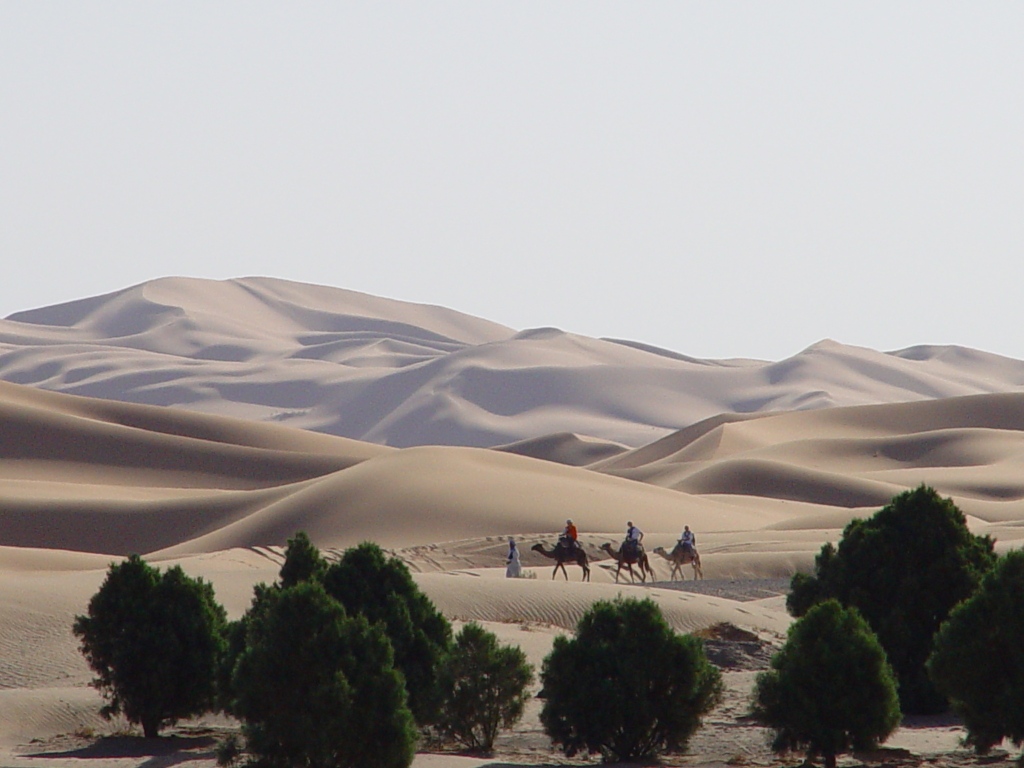Eficiencia energética es conseguir el mismo trabajo utilizando el mínimo de energía posible. La eficiencia energética es la fuente de energía más importante.
Manteniendo el mismo ritmo de demanda energética actual se aumentaría el consumo un 53% (55% emisiones CO2) en el 2030 por el incremento de población mundial de 7 a 9 mil millones.
Optimizando los procesos industriales, mejorando la eficiencia en movilidad y aislando las viviendas podemos pasar a un 16% de incremento del consumo, frente al 53% (11% emisiones CO2).
Pero antes, debiéramos definir dos conceptos; potencia y energía.
Potencia es la cantidad de trabajo efectuado por unidad de tiempo.
Energía es la capacidad de los cuerpos para realizar un trabajo y producir cambios en ellos mismos o en otros cuerpos. La unidad de medida que utilizamos para cuantificar la energía es el Joule (J).
La energía se manifiesta de diferentes maneras:
La energía mecánica relacionada con la posición y el movimiento del cuerpo, y que se divide en estas dos formas:
• Energía cinética, que se manifiesta cuando los cuerpos se mueven. Es decir, es la energía asociada a la velocidad de cada cuerpo. Se calcula con la fórmula:
o Ec= ½ m • v2
o Donde m es la masa (Kg), v la velocidad (m/s) y Ec la energía cinética (J=Kg•m2/s2)
• Energía potencial, que hace referencia a la posición que ocupa una masa en el espacio. Su fórmula es:
o Ep= m • g • h
o Donde m es la masa (Kg), g la gravedad de la Tierra (9,81 m/s2), h= la altura (m) y Ep la energía potencial (J=Kg•m2/s2).
La energía mecánica es la suma de la energía cinética y la energía potencial de un cuerpo. Su fórmula es:
• Em= Ep+ Ec
• Donde Em es la energía mecánica (J), Epla energía potencial (J) y Ec la energía cinética (J).
La energía interna se manifiesta a partir de la temperatura. Cuanto más caliente esté un cuerpo, más energía tendrá.
La energía eléctrica está relacionada con la corriente eléctrica. Es decir, en un circuito en el que cada extremo tiene una diferencia de potencial diferente.
La energía térmica se asocia con la cantidad de energía que pasa de un cuerpo caliente a otro más frío manifestándose mediante el calor.
La energía electromagnética se atribuye a la presencia de un campo electromagnético. Las radiaciones que provoca el Sol son un ejemplo de ondas electromagnéticas que se manifiestan en forma de luz, radiación infrarroja u ondas de radio.
La energía química se manifiesta en determinadas reacciones químicas.
La energía nuclear se produce cuando los núcleos de los átomos se rompen (fisión) o se unen (fusión).
Potencia eléctrica es la cantidad de energía entregada o absorbida por un elemento en un tiempo determinado. La unidad en el Sistema Internacional de Unidades es el vatio (watt).
La energía consumida por un dispositivo eléctrico se mide en vatios-hora (Wh), o en kilovatios-hora (kWh).

